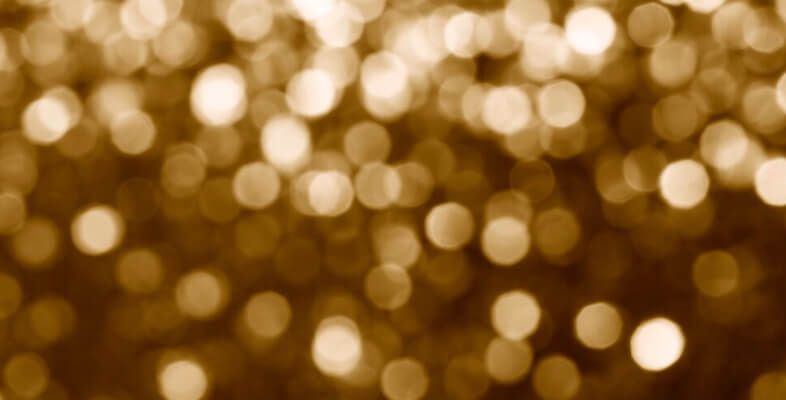What is Bokeh and How It Affects Your Images
Bokeh is a popular term in photography that refers to the aesthetic quality of the blur produced in out-of-focus parts of an image. Originating from the Japanese word "boke," meaning "blur" or "haze," bokeh enhances the visual appeal of photographs by adding depth and focus to the subject. This guide will delve into what bokeh is, differentiate between good and bad bokeh, explore various bokeh shapes, provide tips on achieving good bokeh, and highlight lenses known for creating excellent bokeh.
What is Bokeh?
Bokeh refers to the pleasing or aesthetic quality of the out-of-focus areas in a photograph. It is created when light renders in a photograph through an aperture with a distinct shape, usually circular. Bokeh is most visible around small background highlights, such as reflections and light sources, and it adds a soft, dreamy quality to images.
Good and Bad Bokeh
1. Good Bokeh
Smooth and Creamy: Good bokeh appears smooth and creamy, with a gradual transition from sharp to blurred areas. It enhances the subject by making the background less distracting.
Circular Highlights: Round, soft highlights in the out-of-focus areas are a sign of good bokeh, providing a pleasing and harmonious look.
2. Bad Bokeh
Harsh and Busy: Bad bokeh looks harsh, with sharp, jagged edges that create a busy and distracting background.
Geometric Shapes: Highlights that take on polygonal shapes (e.g., hexagons or pentagons) can result from aperture blades and often indicate less desirable bokeh.
Bokeh Shapes
The shape of bokeh highlights depends on the shape of the aperture blades in the lens. Common shapes include:
Circular: Created by lenses with rounded aperture blades, producing soft, round bokeh highlights.
Hexagonal or Pentagonal: Created by lenses with fewer, straight-edged aperture blades, resulting in polygonal bokeh highlights.
Custom Shapes: Some photographers use special filters or cut-outs to create custom bokeh shapes, such as hearts or stars, adding a creative touch to their images.

How to Get Good Bokeh
Achieving good bokeh requires attention to several factors:
1. Use a Wide Aperture
Settings: Use a wide aperture (small f-number) such as f/1.4, f/1.8, or f/2.8 to create a shallow depth of field, which enhances the out-of-focus areas.
Impact: A wide aperture increases the amount of background blur, making the subject stand out more prominently.
2. Get Close to Your Subject
Proximity: Move closer to your subject while keeping a considerable distance between the subject and the background. This maximizes the depth of field effect and enhances bokeh.
Composition: Close-up shots with a distant background are ideal for achieving prominent bokeh.
3. Use a Long Focal Length
Lens Choice: Longer focal lengths (e.g., 85mm, 135mm, 200mm) compress the background more, making the out-of-focus areas appear smoother.
Effect: Telephoto lenses are particularly effective at creating beautiful bokeh.
4. Pay Attention to Background Highlights
Light Sources: Incorporate background lights such as fairy lights, street lamps, or reflective surfaces to create attractive bokeh highlights.
Arrangement: Position these highlights in the background to enhance the overall aesthetic of your photo.
What Lenses Create Great Bokeh?
Certain lenses are renowned for their ability to produce exceptional bokeh:
1. Prime Lenses
Canon EF 85mm f/1.2L II USM: Known for its superb bokeh and creamy background blur, this lens is a favorite among portrait photographers.
Nikon AF-S 85mm f/1.4G: Offers stunning bokeh and sharpness, making it ideal for portraits and low-light photography.
Sony FE 85mm f/1.4 GM: A top choice for Sony users, this lens delivers beautiful, smooth bokeh with excellent sharpness and clarity.
2. Telephoto Lenses
Canon EF 70-200mm f/2.8L IS III USM: This versatile zoom lens is praised for its bokeh quality, especially at the longer end of the focal range.
Nikon AF-S 70-200mm f/2.8E FL ED VR: Known for its impressive bokeh and overall image quality, it's a go-to lens for many professionals.
Sony FE 70-200mm f/2.8 GM OSS: Delivers stunning bokeh and sharpness, ideal for portraits, sports, and wildlife photography.
3. Specialty Lenses
Sigma 105mm f/1.4 DG HSM Art: This lens, known as the "bokeh master," provides exceptional background blur and subject isolation.
Fujifilm XF 56mm f/1.2 R: A favorite among Fujifilm users, this lens offers excellent bokeh and sharpness, perfect for portraits.

Conclusion
Understanding bokeh and how to use it effectively can significantly enhance the aesthetic quality of your photographs. By using wide apertures, getting close to your subject, choosing the right lenses, and paying attention to background highlights, you can create images with beautiful, pleasing bokeh. Whether you're shooting portraits, nature, or everyday scenes, mastering bokeh will add a professional touch to your photography and make your subjects stand out.

Or Get YourMoney Back
back your money in the rare case you are not satisfied with the quality of your
damage-free pictures. Only $38 for most image restorations regardless of damage

All rights reserved.